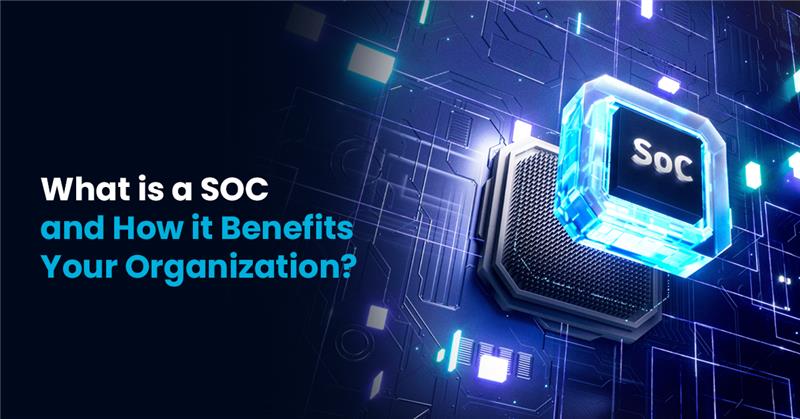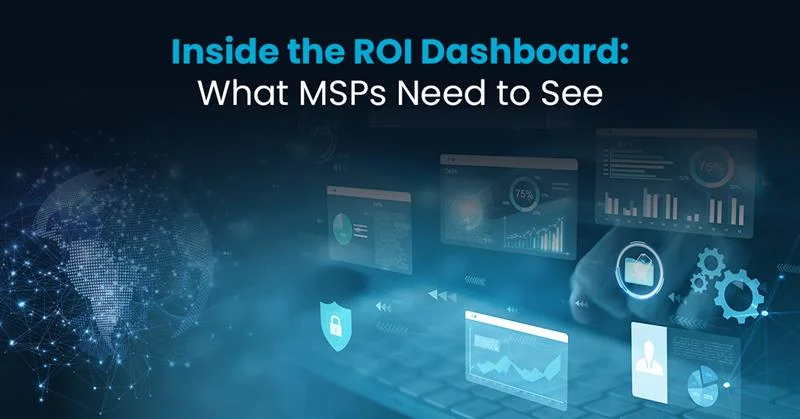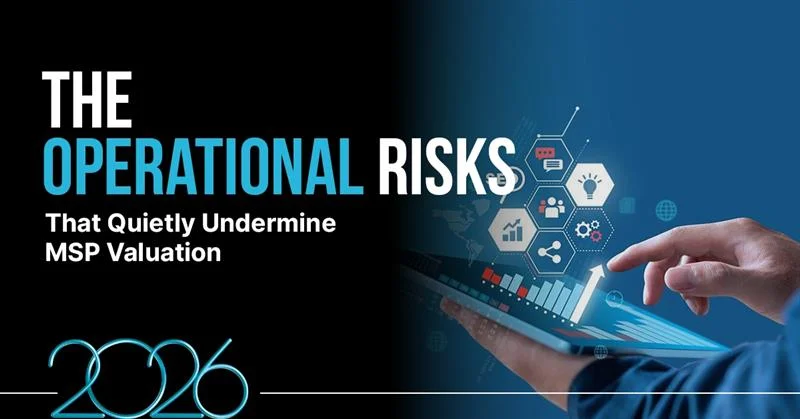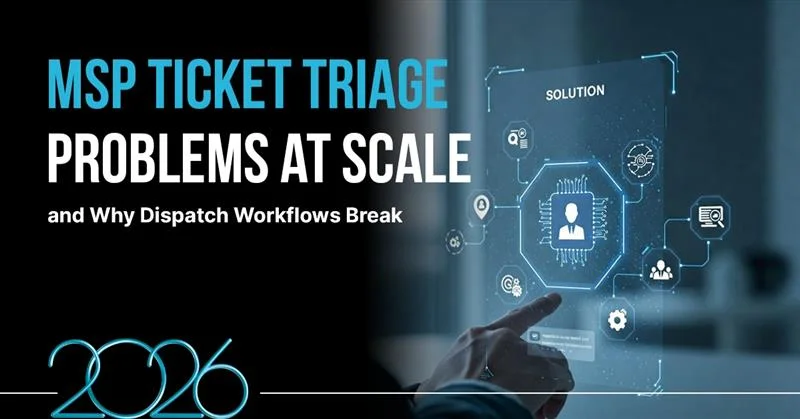If you’ve ever wondered “What happens if hackers target my business?” you’re asking the right question. Understanding what SOC (Security Operations Center) is has become essential for modern business survival. This comprehensive guide will answer your questions about SOC meaning, SOC services, and how implementing a security operations center can safeguard your organization from cyber threats.
What is SOC and what does it do?
The cybersecurity landscape evolves rapidly, making it crucial to understand what constitutes effective digital protection and why businesses prioritize SOC implementation.
The SOC meaning is straightforward: Security Operations Center. This centralized facility houses cybersecurity professionals who monitor, analyze, and respond to security incidents around the clock. What does SOC stand for in cybersecurity extends beyond the acronym – it represents your organization’s dedicated defense against sophisticated cyber threats.
The SOC definition encompasses both technology and human expertise working together. Modern threats require constant vigilance, making 24/7 monitoring essential rather than optional. The difference between SOC meaning in theory versus practice becomes clear when you consider that cyber threats don’t follow business hours.
What does a security operations center look like?
Today’s security operations center combines physical infrastructure with virtual capabilities. SOC services can operate from dedicated facilities, cloud environments, or hybrid models depending on organizational needs.
A typical SOC includes:
- Security analysts providing continuous monitoring coverage
- Advanced SOC tools for threat detection
- Incident response specialists ready for immediate action
- Threat intelligence teams tracking emerging attack patterns
The evolution toward virtual SOCs has democratized access to enterprise-grade security, making SOC services available to organizations of all sizes.
How is SOC different from regular IT support?
Understanding SOC in IT versus traditional support reveals crucial distinctions. Your IT team maintains systems, manages infrastructure, and handles operational issues. SOC IT security focuses exclusively on identifying, analyzing, and neutralizing security threats.
This specialization matters because cybersecurity requires dedicated expertise. General IT skills don’t translate directly to threat hunting and incident response. Organizations need both capabilities, but they serve fundamentally different purposes in maintaining digital health.
You can also read: How SOC Analysts Can Boost an MSP’s Cybersecurity
Why do I need a SOC for my business?
The question isn’t whether you need security – it’s whether you can afford inadequate protection in today’s threat environment.
The myth that small businesses avoid targeting persists despite evidence to the contrary. Cybercriminals often prefer smaller organizations because they typically maintain valuable data with fewer security resources. SOC monitoring equalizes this imbalance by providing enterprise-level protection regardless of company size.
Real-world impact comparison:
- Without SOC: Threats remain undetected for months, maximizing damage potential
- With SOC services: Rapid threat identification and containment minimizes impact
The SOC definition of success focuses on detection speed and response effectiveness rather than perfect prevention.
How much does a security breach cost?
According to a recent report from IBM, the global average cost of a data breach reached $4.88 million in 2024, representing a 10% increase from the previous year. However, financial costs represent only part of the total impact.
Additional consequences include:
- Reputation damage requiring years to rebuild
- Operational disruption affecting revenue generation
- Regulatory penalties multiplying financial exposure
- Legal complications from affected stakeholders
While insurance may cover some expenses, most policies contain significant coverage gaps. Prevention through SOC services consistently proves more cost-effective than post-breach remediation.
What are the key benefits of having SOC services?
There are numerous benefits of SOC for your business. These advantages directly impact your security posture and operational efficiency:
- Rapid Threat Detection: SOC monitoring identifies suspicious activity within minutes compared to months for unmonitored environments.
- Continuous Protection: Your security operations center maintains vigilance during off-hours, weekends, and holidays when most attacks occur.
- Regulatory Compliance: SOC services help meet industry requirements for data protection and security monitoring.
- Expert Response: Professional incident handling replaces panic with systematic threat containment.
How does SOC monitoring work?
SOC monitoring represents the operational core of what SOC is – the systematic surveillance and analysis protecting your digital assets.
SOC monitoring employs advanced security operations center tools to continuously analyze network traffic, user behavior, and system activities. This comprehensive surveillance identifies anomalies that indicate potential security incidents.
The process involves collecting data from multiple sources, correlating events to identify patterns, and distinguishing legitimate activity from potential threats. Real-time analysis enables immediate response rather than delayed discovery during routine maintenance.
What tools and technology does SOC use?
Modern SOC services rely on sophisticated technology platforms:
- SIEM (Security Information and Event Management): Centralized platforms collecting and analyzing security data from across your infrastructure.
- Threat Intelligence: Real-time information about current attack methods and emerging threats.
- Automated Response: Systems capable of immediate threat containment without human intervention.
- Integration Capabilities: Seamless connectivity with existing business systems and security tools.
What happens when SOC finds something suspicious?
When SOC monitoring detects potential threats, trained analysts investigate immediately. The response follows established protocols for threat assessment, containment, and remediation.
Escalation procedures ensure critical incidents receive appropriate attention while managing routine alerts efficiently. This structured approach maintains security effectiveness without overwhelming responders.
What types of SOC services can I choose from?
Understanding what SOC is includes evaluating different implementation approaches and service models.
- In-house SOC: Suitable for large organizations with sufficient resources for dedicated security teams, ongoing training, and technology investments.
- Managed SOC Services: Provides immediate access to expert capabilities without internal infrastructure requirements. Often delivers superior ROI for small- to medium-sized businesses.
- Hybrid Models: Combines internal security staff with external SOC services for comprehensive coverage.
What should I look for in SOC solution providers?
Evaluating SOC solution providers requires attention to several key factors:
- Industry Expertise: Providers should understand your sector’s specific security challenges and regulatory requirements.
- Performance Guarantees: Clear SLAs defining response times and service levels.
- Transparency: Open communication about processes, methodologies, and performance metrics.
- Scalability: Ability to adjust services as your organization grows.
Implementation and getting started with SOC services
Understanding what SOC implementation is helps establish realistic expectations for your security transformation.
Implementation timelines vary based on organizational complexity and chosen SOC solution providers. Simple managed service deployments typically require 2 to 4 weeks, while enterprise implementations may take 3 to 6 months.
Success depends on balancing implementation speed with thoroughness to avoid security gaps while ensuring effective protection.
What will my team need to do during SOC setup?
Your organization’s responsibilities include:
- Providing network access and system documentation
- Identifying critical assets requiring priority protection
- Participating in security awareness training
- Testing system integrations
Most SOC solution providers handle technical implementation, but organizational cooperation ensures smooth deployment.
Conclusion: Choose your SOC service provider wisely
Still wondering ‘What is SOC and do I really need it?’ The answer is yes – and the sooner you start, the better protected your business will be. IT By Design has been answering these exact questions for businesses like yours, and we’ve seen firsthand how proper SOC implementation saves companies from devastating attacks.
We don’t just provide SOC services – we become your trusted security partner. Our team understands that every business is different, which is why we start with a free security assessment to understand your specific risks and needs. No sales pressure, no technical jargon, just honest answers about how SOC can protect what you’ve worked so hard to build.
Ready to stop worrying about ‘what if’ and start knowing you’re protected?
Let’s talk about your security challenges today and learn how our SOC solutions can solve them.








